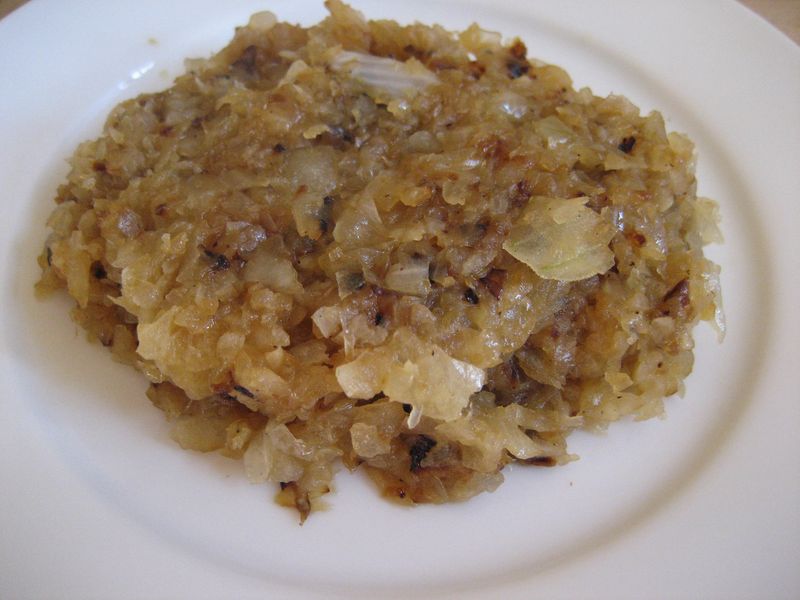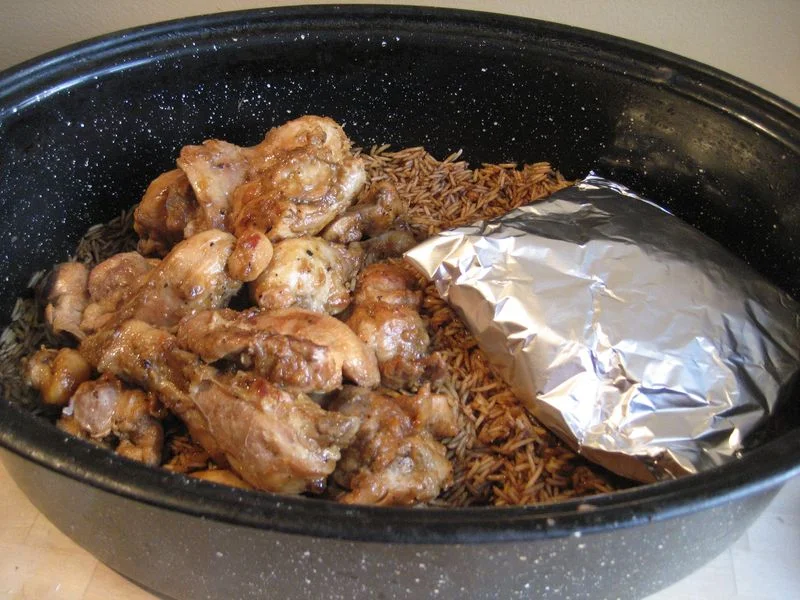By Humaira
Eid e Qurban Mubarak to all my Muslim friends. This Eid holiday, also known as Eid al-Adha falls after the annual pilgrimage of Muslims to Mecca. Hajj is the largest gathering of Muslims in the world and it is one of the five pillars of Islam. If an able bodied Muslim has the means, they should perform Hajj once in their lifetime. Going to Hajj is cost prohibitive for most Muslims around the world. I recently discovered that it can cost well over $7,000 to go on the pilgrimage to Mecca from the United States.
I don't consider myself a devout Msulim but I have alway been intrigued by Hajj. The idea of thousands of pilgrims with one belief, one devotion and one identity gathered in one place could be an unfogettable spiritual experience. This year my sister Nabila and I made a pact that we will make a pilgrimage to Hajj in the next few years. We hope this wish will come true once we win the lottery.
TEA AND HOSPITALITY IN AFGHANISTAN - continued from last week's post.
By guest blogger: Helen Saberi
Tea, whether it is green or black, is not usually drunk with milk in Afghanistan except perhaps at breakfast time.
Cup-of-green tea
On formal occasions, however, such as weddings and engagements, a special tea is prepared called qymaq chai. Qymaq is similar to clotted cream or the kaymak of the Middle East. This tea is prepared with green tea and by the process of aeration and the addition of bicarbonate of soda the tea turns dark red. Milk is added (and sugar too) and it becomes a purply-pink colour. It has a strong, rich taste. Cardamom is added for added flavour.
TeaforOne
The qymaq is floated on the top. My husband, who is very poetic, likens the colour of the tea to the rosy-hued glow of the mountains in Afghanistan as the sun rises or sets. The qymaq represents the white snow-capped peaks. He also says that the colour of the tea should be like the purply-pink blossom of the Judas tree which flowers all over in Afghanistan in the spring.
Qaymaq Chai
Afghan Milk Tea
For the qymaq:
2 cups (450 ml) whole milk
½ tbs
cornflour
6 tbs (75 ml)
double cream
Add the milk to a pan and bring to the boil. Reduce heat and stir in the cream. Sieve in the cornflour, stir to mix, then whisk until frothy. Leave on a low heat. A thick skin will form on the top of the milk. This should be removed from time to time and collected in another pan until there is only a small amount of milk left. Place the pan with all the collected qymaq again on a low heat and leave for a couple of hours more. Then keep the qymaq in a cool place until it is needed.
For the tea:
3 cups (680ml) water
6 tsp green tea
¼ tsp bicarbonate of soda
1¼ cups (280ml) milk
4 to 8 tsp sugar, according to taste
1 to 2 tsp ground cardamom
8 tsp qymaq
ice cubes
Put the water in a pan and bring to the boil. Add the green tea and boil for about 5 minutes until the leaves have opened up. Add the bicarbonate of soda and continue to boil for a couple of minutes more. The tea will rise to the top of the pan whilst boiling. Each time it does add an ice cube to reduce the temperature. Remove the pan from the heat and allow the tea leaves to settle. Strain off and discard the tea leaves. Put an ice cube into another pan and pour the tea into it from a height in order to aerate the tea. (A ladle could also be used to do the aeration (see the illustration below). Repeat, pouring from a height from pan to pan, several times, adding an ice cube each time until the tea becomes a dark red colour.
Put the pan back on the heat and add the milk. The colour of the tea will now be a purply-pink colour. Slowly heat it to just below boiling point, then stir in the sugar and cardamom according to taste. Pour the tea into teacups and float two teaspoons of qymaq on top.
Recipes come from Afghan Food and Cookery by Helen Saberi published by Hippocrene in the United States. The illustrations are by Abdullah Breshna who illustrated the book.
Except where otherwise noted, all content on this blog is licensed under the Creative Commons Attribution-NonCommercial-NoDerivs 3.0 Unported license.














